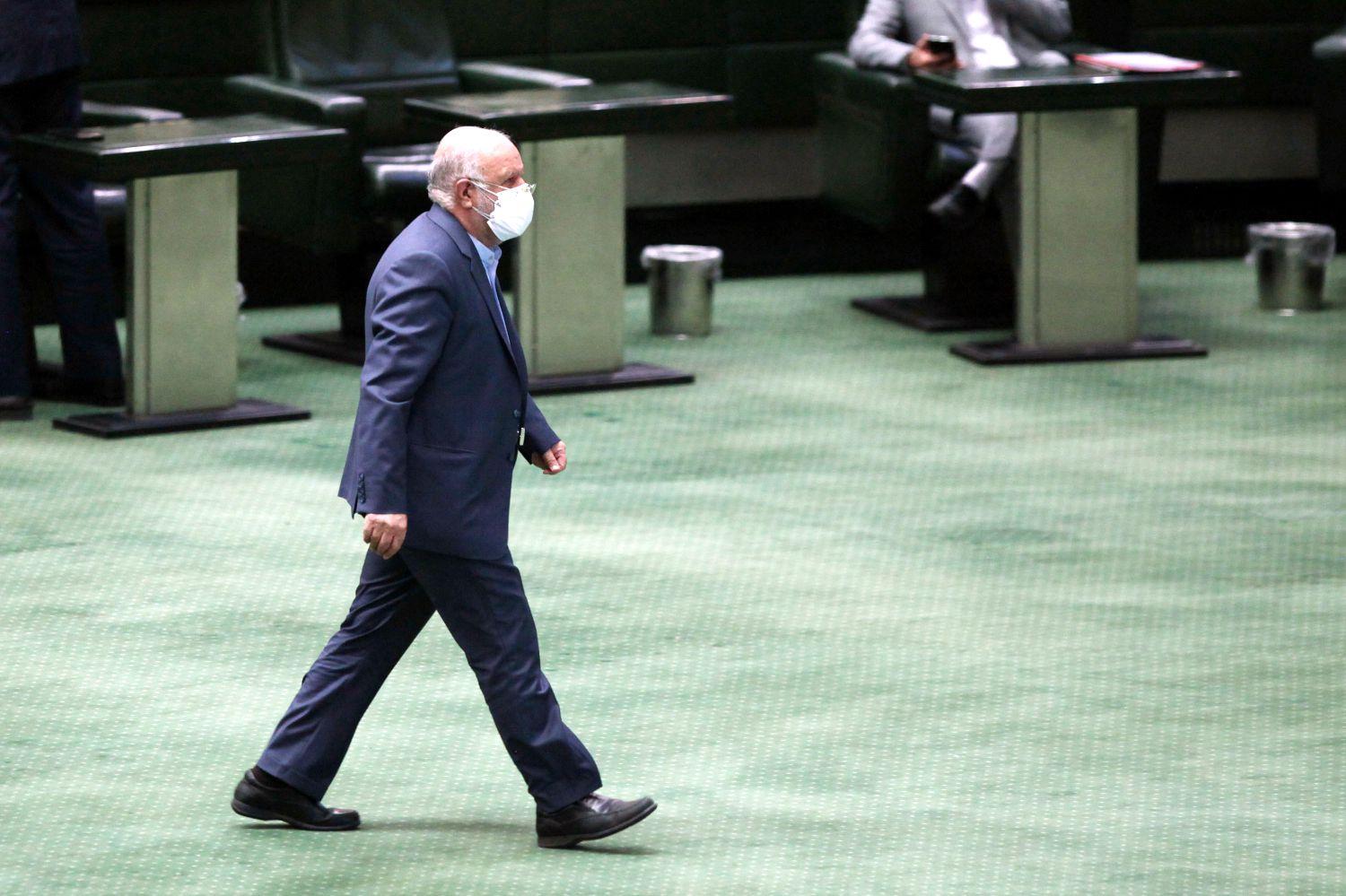The National Iranian Oil Company paid $35 billion in natural gas subsidies in 2020, up 35% compared to 2018.
Oil Minister Bijan Namdar Zanganeh made the statement in a parliamentary hearing on Tuesday over criticisms concerning Iran’s high rate of energy waste in the form of flare gas, IRNA reported.
“Iran’s subsidies for natural gas consumption increased from $26 billion in 2018 to $35 billion in 2020,” he said.
“Iran spent $48.66 billion on fossil fuel consumption in 2017, of which $17.89 billion were allocated to natural gas.”
According to the minister, Iran is experiencing the most significant increase in subsidies to fossil fuel-based electricity, alongside Venezuela, Mexico, Egypt and China.
Energy experts believe natural gas consumption is above the global average due to the massive subsidy. An estimated 880 million cubic meters of gas are injected into the Iran Gas Trunkline (IGAT) per day in winter, of which 680 mcm come from the giant South Pars Gas Field off the Persian Gulf.
“An estimated $50 billion are needed to develop and maintain gas fields across Iran over the next 20 years,” he said.
Of the total investment, about $30 billion would be for projects in the giant South Pars Gas Field.”
Without denying the fact that Iran (after Iraq) has the highest rate of energy waste in the form of APG in the Middle East, the minister said the National Iranian Gas Company, a subsidiary of NIOC, has taken effective measures in recent years to curb gas flaring.
Valuable Fuel
Since 2008, Iran has prevented the flaring of 12 billion cubic meters of associate petroleum gas (APG), a source of global warming and wastage of valuable fuel.
Zanganeh said collecting APG from oil and gas fields is a priority of the Oil Ministry in the framework of the policy to safeguard the environment, curb the loss of national wealth and create jobs.
APG is natural gas found with deposits of petroleum. Flaring pours methane, ethane and propane into the atmosphere and contributes to air pollution.
Based on NIOC data, daily gas flaring in 2017 was 50 million cubic meters but dropped below 30 mcm/d in 2019. In 2018, it was 40 mcm/d with $5 billion net loss for the treasury because the gas could have been used alternatively for economic benefit such as power generation.
Flaring deprives countries of economic benefit from using gas associated with pumping crude oil, rather than releasing it into the air and worsening air pollution.
According to a law passed in 2017, the government is obliged to curb the flaring of natural gas to 10% or lower by 2021 and several plans have either been completed or are in the implementation phase.
For instance, with the launch of the first off-gas compressor, gas flaring in phases 17 and 18 of the giant South Pars Gas Field in the Persian Gulf has been cut by a massive 50%.
Offshore Facilities
A project to harness and transfer APG to offshore facilities in Forouzan Oilfield in the Persian Gulf (started in 2017) is complete and close to 6.5 mcm of gas (which was burnt off every day) are transferred to Kharg Petrochemical Plant and Kharg natural gas liquids Plant, to process gaseous hydrocarbons, including ethane, propane, butane and pentane.
The National Iranian South Oil Company also collects more than 19 mcm of APG per day in cooperation with private firms and in line with the plan to zero gas flaring in the southern and southwestern regions.
Several projects have been defined and carried out in recent years with the help of private companies to trap APG from oil and gas fields, including the collection of 1 mcm of APG per day from Parsi Oilfield and 620,000 cubic meters from the Maroun field (both near Ahvaz in the southern Khuzestan Province).
“Another important project of the Persian Gulf Petrochemical Holding Company is the daily collection of 17 mcm of gas from Aghajari and Gachsaran fields,” he added.
NISOC is responsible for the development of 28 oilfields in the two southern regions.
Iran has made progress in using flare gas either for power generation or as feed for refineries. Reports say the government has invested $5 billion in related projects, including Persian Gulf Bidboland Gas Refinery in Khuzestan Province.


